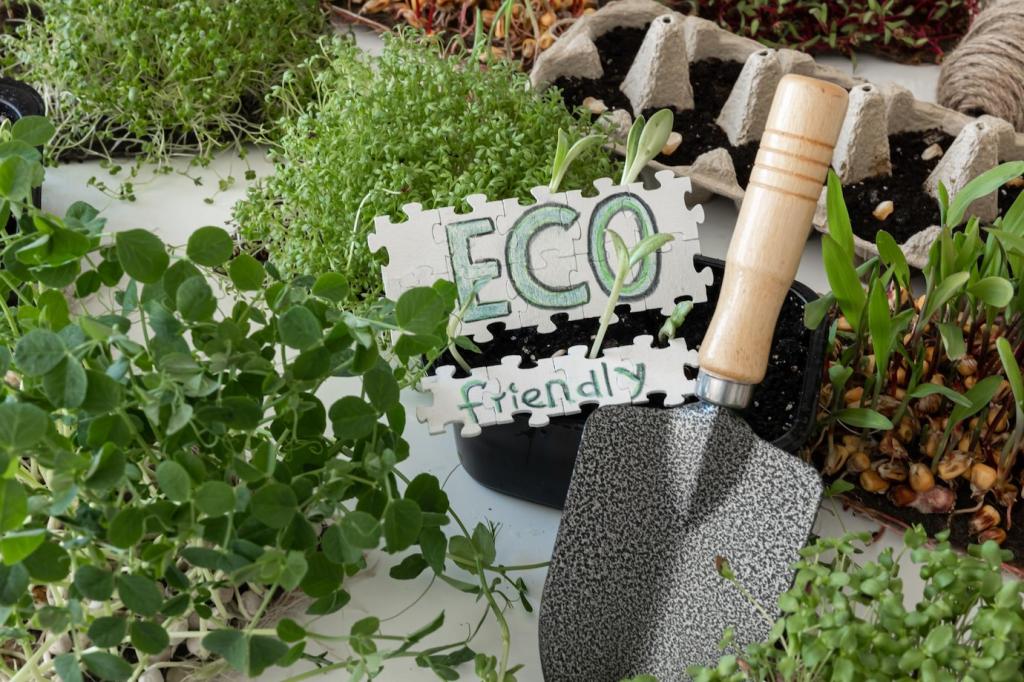
Innovative Materials for Sustainable 3D Printing
Selected theme: Innovative Materials for Sustainable 3D Printing. Explore the new generation of eco-minded polymers, recycled feedstocks, and nature-based composites that reduce waste without sacrificing performance. Dive in, share your experiments, and subscribe for hands-on insights and community-tested tips.
Why Sustainable Materials Matter Right Now
From Footprint to Handprint: Measuring Real Impact
Life cycle thinking reveals how materials shape emissions, energy use, and end-of-life outcomes. Track kWh per print, support waste diversion, and seek verified data sheets. Tell us which metrics you already track and which you want help measuring.
Lower-Temp Polymers, Lower Bills
Bio-based and recycled filaments that extrude at lower temperatures directly save energy without hurting print quality. Tweak nozzle temps, fan speeds, and infill to compound savings. Share your best low-temp profiles so readers can benchmark and iterate together.
Community Momentum Changes Supply Chains
When makers demand responsible materials, suppliers respond with better blends and honest labeling. Local meetups, school labs, and repair cafés accelerate adoption. Comment with your local sourcing wins so others can learn where to find credible, greener spools.
Biodegradable and Bio-Based Polymers Evolve
Modern PLA blends deliver improved impact resistance and clarity while maintaining low warp and great surface finish. Industrial composting is still required—home composting rarely suffices. Have you tried heat-treating PLA parts for extra stability? Share your results and pitfalls.
Biodegradable and Bio-Based Polymers Evolve
PHA and PBS can be temperamental—sensitive to moisture and speed—but reward careful tuning with balanced strength and reduced brittleness. Expect slower prints and tighter storage. Tell us your favorite drying routines and slicer tweaks that unlock consistent performance.
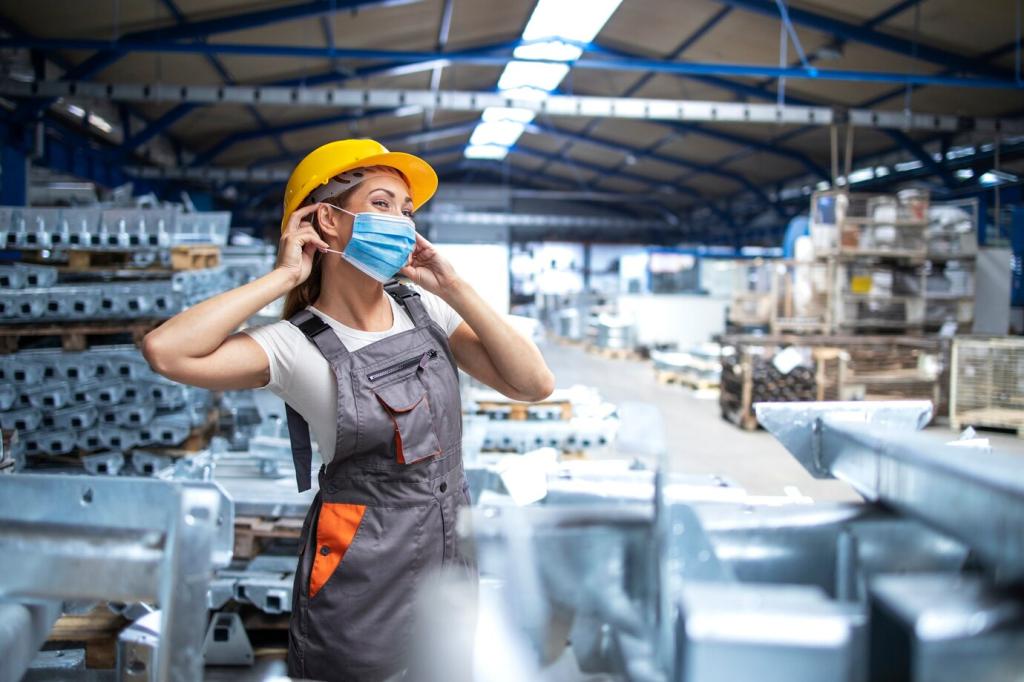

Recycled and Reclaimed Feedstocks
Quality rPETG competes with virgin performance when moisture is controlled. Dry spools thoroughly, use consistent nozzle temps, and standardize retraction. Post your favorite tested brands and exact profiles so the community can replicate your glossy, warp-free results.

Natural Fiber and Mineral Composites
01
Texture, Stiffness, and Stress Relief
Fiber-filled filaments damp vibration and resist creep, often printing with minimal warp. They shine in brackets and panels that don’t demand ultra-high impact resistance. Share your best layer heights and perimeter counts for clean, splinter-free edges.
02
Nozzle Wear and Maintenance Realities
Abrasive fibers chew through brass. Switch to hardened steel or ruby tips and re-check flow calibration after long jobs. What’s your maintenance rhythm—hours between nozzle swaps, or grams printed? Help others budget for durability without sacrificing sustainability.
03
Finish, Stain, and Repair with Care
Wood-filled blends accept gentle sanding and low-VOC finishes beautifully. Test scrap pieces to confirm absorption and color. If you repair chips, note your filler brands and grit progression. Post photos—your surface recipes can save hours for new readers.
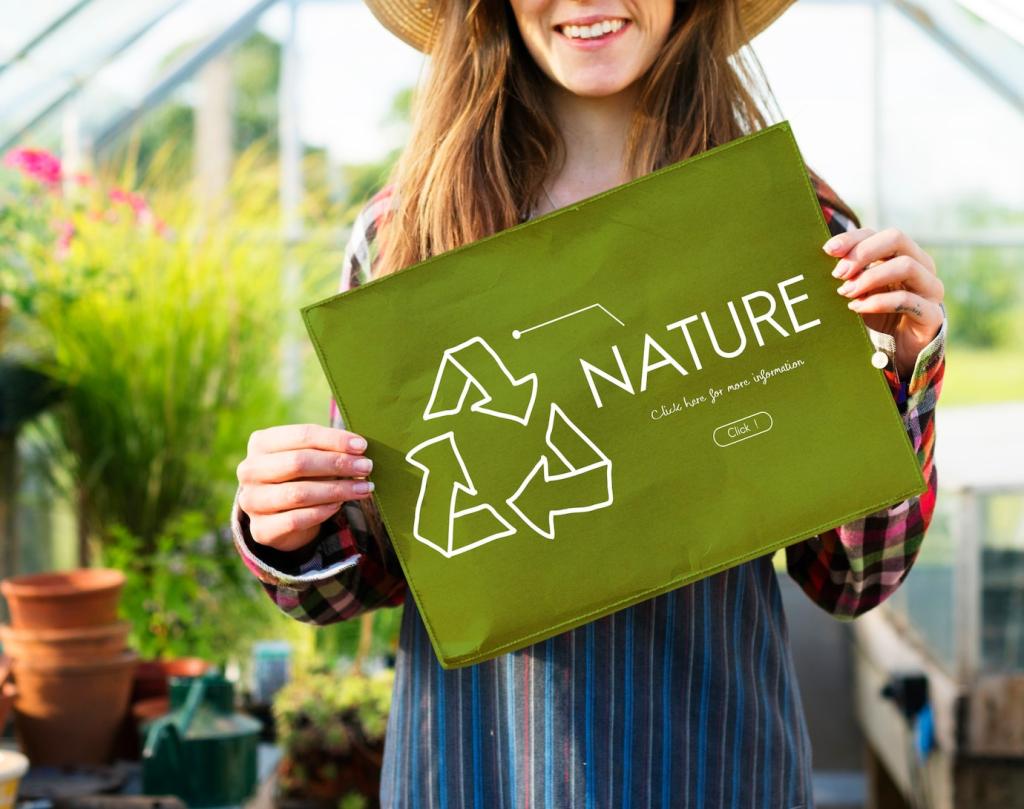
Recycled Powders with Real Strength
Metal systems increasingly incorporate recycled powders without compromising density or fatigue life when sieving and monitoring are rigorous. If you’ve qualified recycled lots, share your testing protocols—porosity checks, tensile data, and fatigue cycles—to guide responsible adoption.
Water-Based Binders Reduce VOCs
Switching to aqueous binders can cut odors and volatile compounds while improving lab safety. Expect different debinding curves and sintering schedules. Comment with your thermal profiles and venting practices so others can replicate clean results and avoid carbon residue.
Clay and Bio-Ash Ceramic Blends
Clay-based filaments bring art and engineering together. Add bio-ash or grog for controlled shrinkage, then fire carefully to prevent cracking. If you’ve tuned multi-stage firing ramps, share your exact timings and kilns to help newcomers achieve consistent outcomes.
Designing for Circularity and Longevity
Consolidate parts, orient for strength, and minimize supports with smart overhangs. Switch to sparse gyroid infill and thicker walls where it counts. Share screenshots of your most efficient orientations so others can learn by example and iterate quickly.
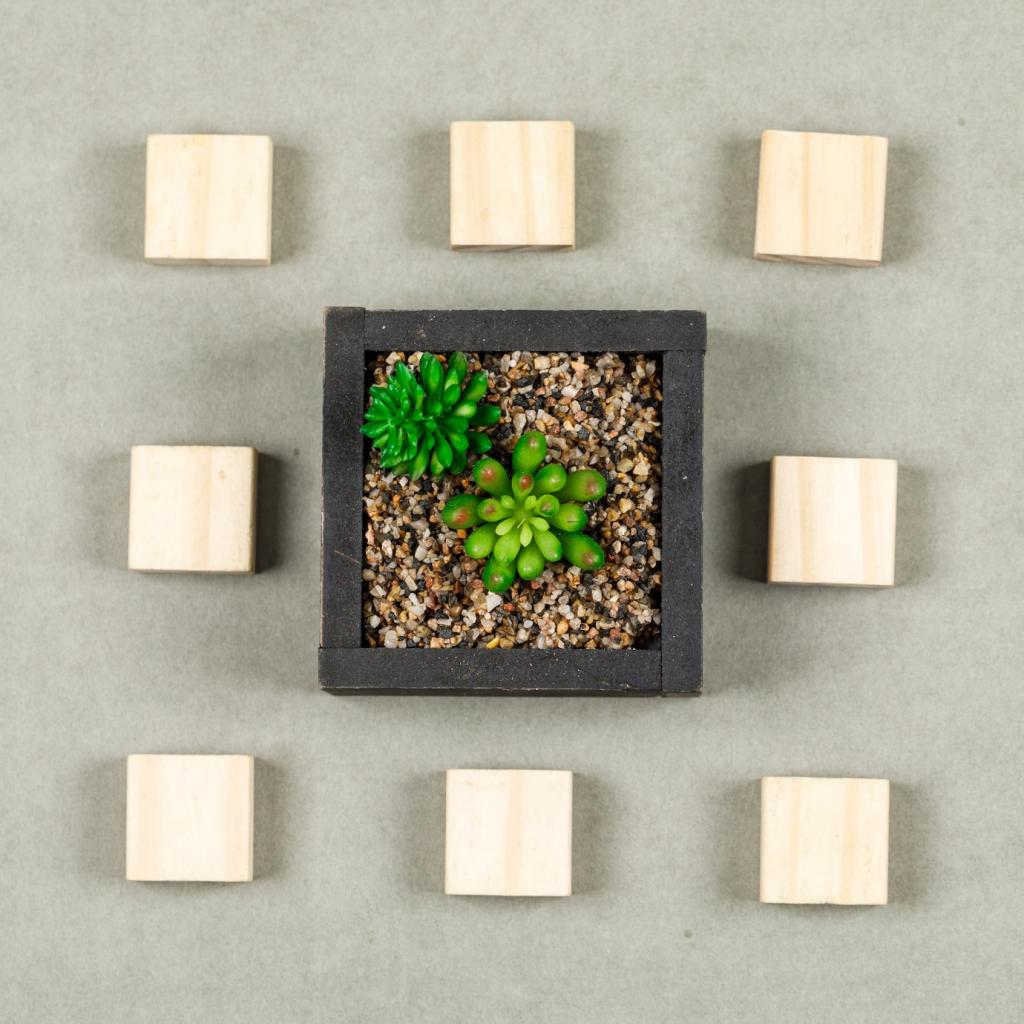
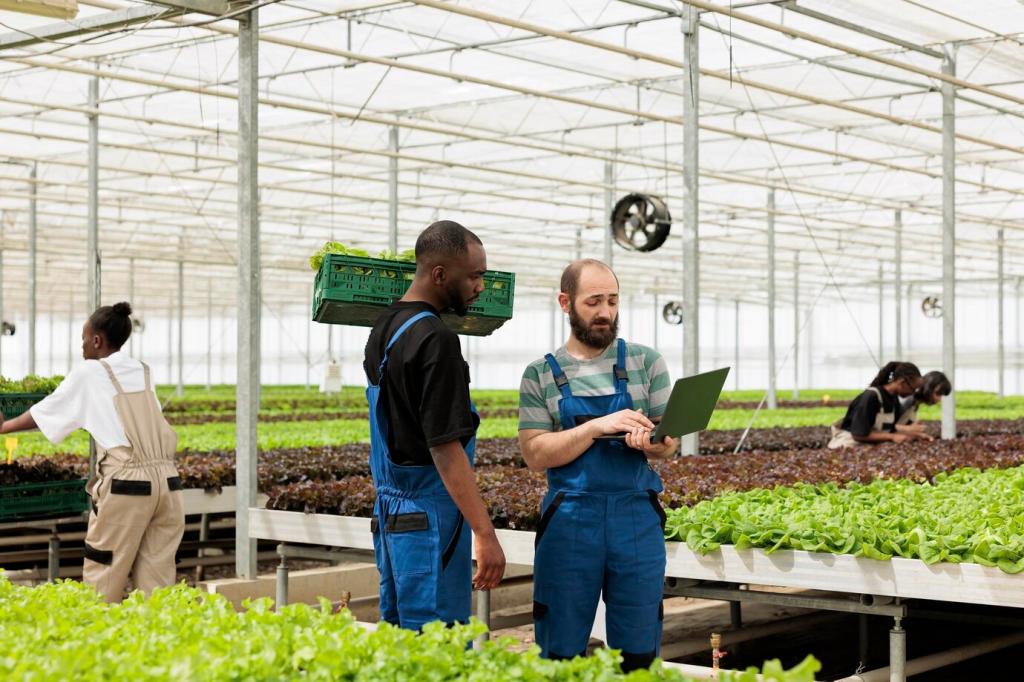
Designing for Circularity and Longevity
Label parts with material codes, avoid mixed-material traps, and use mechanical fasteners for easy disassembly. Offer a repair path in your README. Tell us how you mark materials on small prints and which disassembly tricks saved you from landfill moments.
Testing, Transparency, and Trust
Datasheets and Real World Conditions
Compare tensile, impact, and HDT values against actual print orientations and humidity. Log results in sharable templates. If you maintain a community spreadsheet, drop the link so others can contribute meaningful, apples-to-apples comparisons across sustainable materials.
Standards and Certifications That Matter
Look for credible compostability marks, recycled content attestations, and emissions testing. Context is crucial—industrial composting differs from backyard bins. Tell us which labels you trust and where publishers provided the clearest, most actionable testing methodology.
Open Profiles, Open Progress
Share slicer profiles, temperature towers, and failure photos openly. Honest misses save everyone time and resources. Subscribe for monthly community roundups featuring the best sustainable material profiles, then submit yours for testing in our next print-a-thon.
